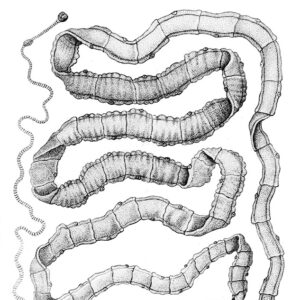 Tapeworm
Tapeworm
Entry Category: Science and Medicine - Starting with T
 Tapeworm
Tapeworm
 Tapeworm Egg
Tapeworm Egg
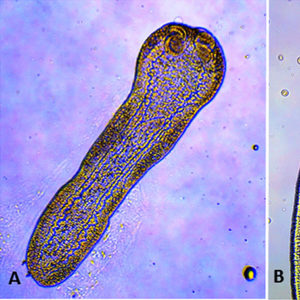 Tapeworms
Tapeworms
Tarantulas
Tardigrades
aka: Water Bears
aka: Moss Piglets
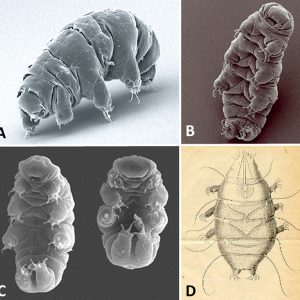 Tardigrades
Tardigrades
 Tardigrades' Life Stages
Tardigrades' Life Stages
Teen Pregnancy
Temperate Basses
aka: Moronids
 Termites
Termites
Termites
aka: Isopterans
 Terrence J. Roberts
Terrence J. Roberts
Thomas C. McRae Memorial Sanatorium
aka: Alexander Human Development Center
 Thomas C. McRae Memorial Sanatorium
Thomas C. McRae Memorial Sanatorium
Thomas, Ruth Harris
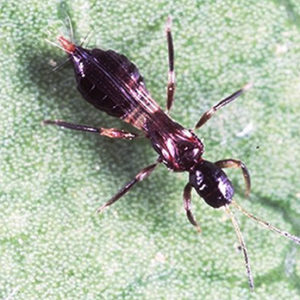 Thrips
Thrips
Thrips
Tickborne Diseases
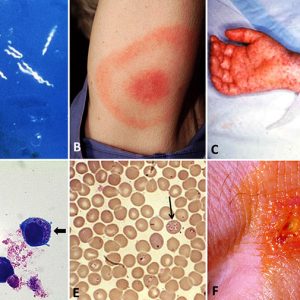 Tickborne Diseases Examples
Tickborne Diseases Examples
Ticks
 Tiger
Tiger
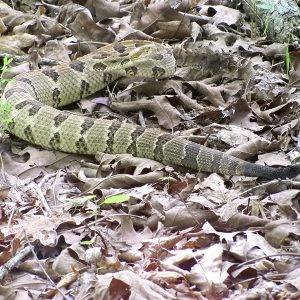 Timber Rattler
Timber Rattler
Tobacco Settlement Proceeds Act of 2000
Topminnows
aka: Fundulids
aka: Killifishes
 Tornado Article
Tornado Article
 Tornado Dead
Tornado Dead
 Tornado Map of Jonesboro
Tornado Map of Jonesboro
Tornado Outbreak of 1952
Tornado Outbreak of 2023
Tornado Outbreak of March 1, 1997
Tornadoes
Towbin, Eugene Jonas
 William Townsend
William Townsend
Trees
Trematodes
aka: Flatworms
aka: Flukes
 Trichomonas
Trichomonas
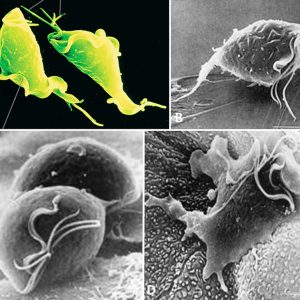 Trichomonas
Trichomonas
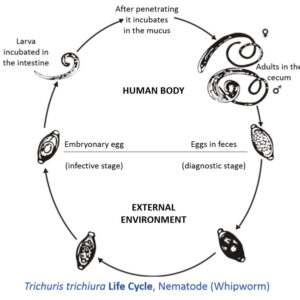 Trichuris Life Cycle
Trichuris Life Cycle
Trinity Hospital
Tropical Cyclones
aka: Tropical Storms and Depressions
Tuberculosis
 Tumbling Shoals Suspension Bridge
Tumbling Shoals Suspension Bridge




